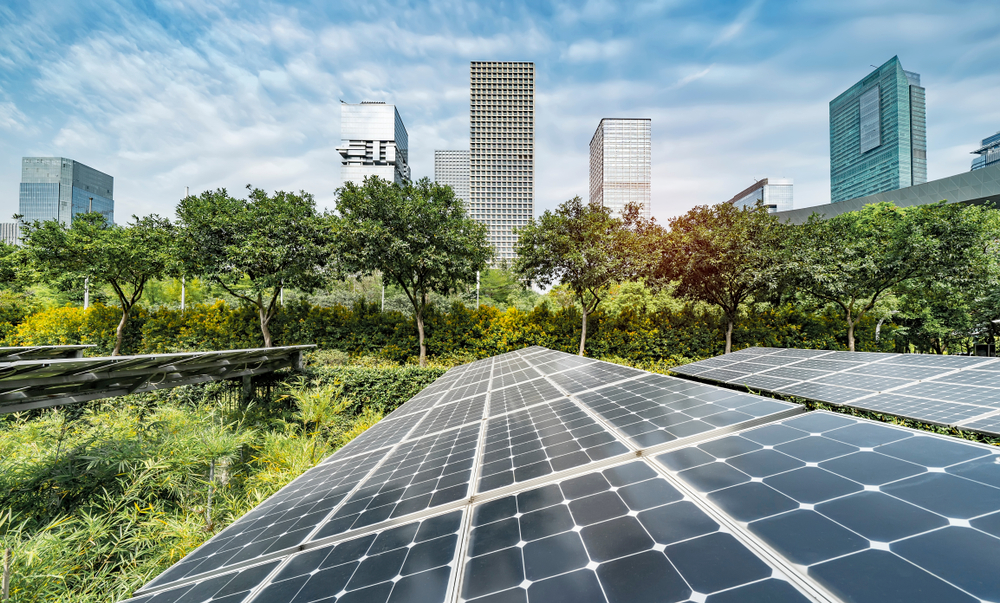
Politicians around the globe have been keen to state their commitment to net-zero emissions, and now a new report tells us exactly how much this transition will cost.
Consultancy firm McKinsey says total global spending by governments, businesses and individuals on energy and land-use systems will need to rise by $3.5 trillion a year, every year, if we are to have any chance of getting to net-zero in 2050.
That’s a 60% increase on today’s level of investment and is equivalent to half of global corporate profits, a quarter of world tax revenue and 7% of household spending. A further $1 trillion would also need to be reallocated from high-emission to low-carbon assets.
“Achieving net-zero emissions by 2050 would entail a fundamental transformation of the global economy,” McKinsey says in the report, titled The Net-Zero Transition: What it Would Cost, What it Could Bring?.
The report lays out six characteristics of the transition to a green economy, starting with the point that it will affect all industries. And it says seven energy and land-use systems create all the world’s greenhouse gas emissions.
The cost of the shift to zero emissions will be “significant”, the report says. Most of this will occur earlier in the transition, but it will fall unevenly on developing nations and fossil fuel producers, creating risks of disruptions to energy supply and price hikes. But there will also be new opportunities in a low-carbon world, the report adds.
Impact of the green economy on consumers
The most noticeable impacts on everyday lives will include rising energy bills, job losses in high-emission industries, changes in what people eat, and increasing outgoings to end our dependence on fossil fuels to heat homes and travel, the report says.
Transitioning the energy sector to zero carbon and beefing up electricity grids to cope with an expected doubling of global demand by 2050 will push up bills by 25% between 2020 and 2040, the report predicts.
Even when the necessary changes have been made, electricity prices will still be 20% higher by 2050, although technological innovations may help to soften the price rises. Costs could be significantly higher if producers fail to build flexible and reliable low-cost power grids.
Although moving away from fossil fuels will cost 185 million jobs, the green economy will create 200 million new roles by 2050, including eight million in renewable power, hydrogen and biofuels, the report says.
Consumers will face the cost of replacing home heating systems and cars that run on fossil fuels, and will have to change their diets to avoid high-emission foods such as meat. However, the total costs of owning and running an electric vehicle will be lower than those for a petrol or diesel vehicle in most parts of the world by 2025, McKinsey says.
High-emission industries – which today account for 20% of global GDP – will be most affected by the transition, the report predicts. Coal production will be almost halted by 2050, while oil and gas production will more than halve.
There will also be a 30% rise in the cost of producing steel, while cement-making will become 45% more expensive by 2050.
Read full story here World Economic Forum



